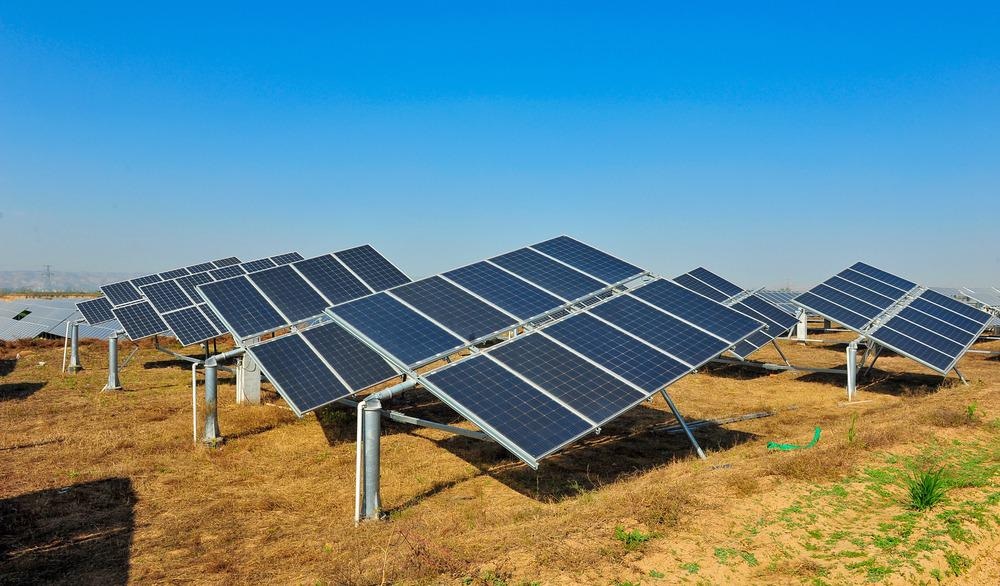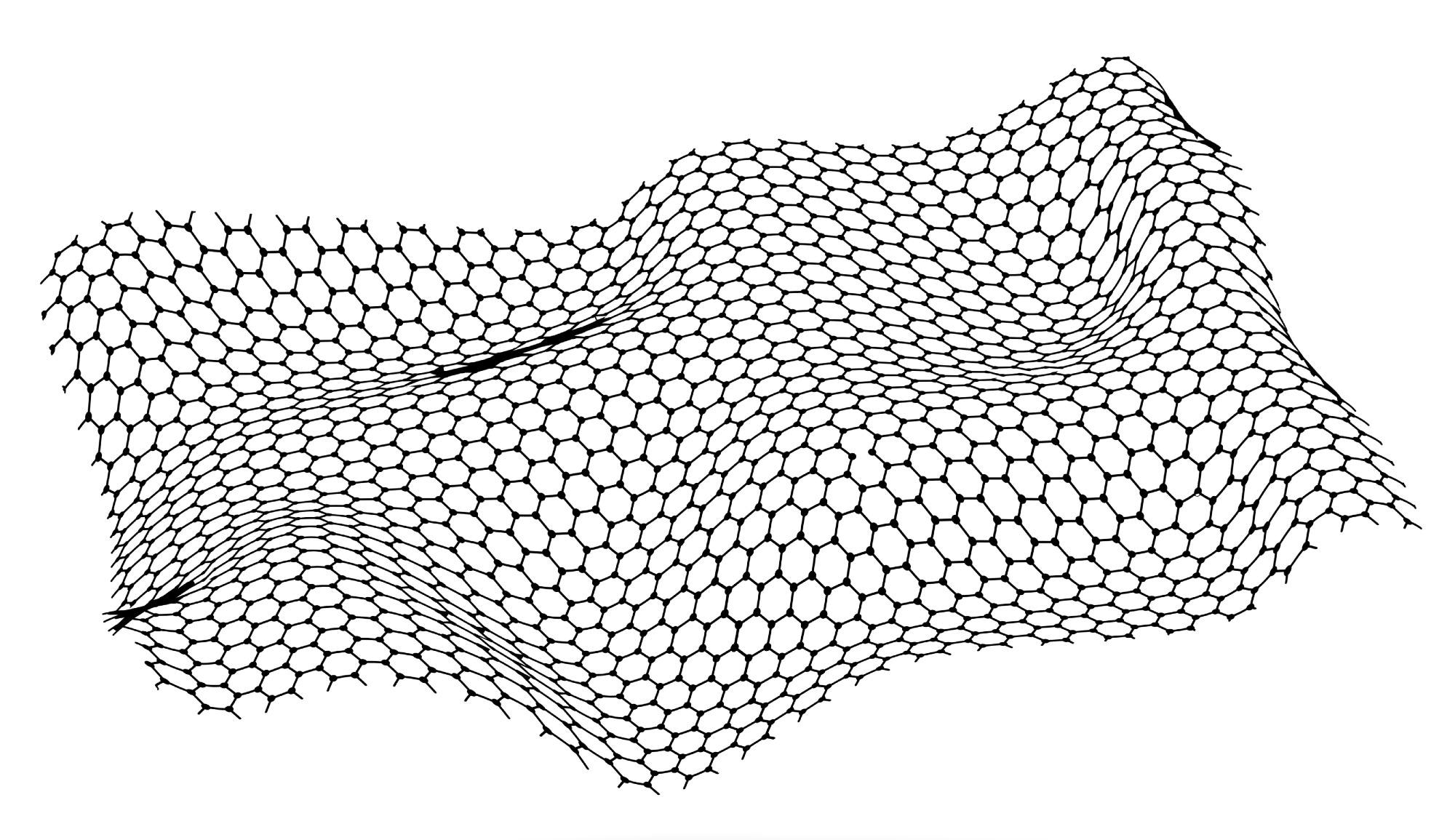Better access to renewable energy sources has become a major concern for developing countries in recent times. Solar energy has been at the forefront of nations' efforts to develop new technologies, and scientists are continuously looking for new methods to develop efficient energy-generating systems. Graphene, a one-atom-thick sheet of carbon, is a relatively new material that has received attention for its efficient capabilities.

Image Credit: liu yangjun/Shutterstock.com
Scientists have been astounded by this nanomaterial's remarkable electrical characteristics, and its discoverers were awarded the Nobel Prize in 2010. Graphene has surpassed expectations and previous benchmarks as the world's strongest and lightest material since its development.
Scientists have achieved significant improvements in the production of graphene after researching the material for many years, resulting in a plethora of techniques for generating the material. Due to its unique characteristics, graphene has received interest for its potential application in the development of solar cells.
Indium tin oxide and silicon are currently utilized to make solar cells, but scientists have determined that they are inefficient and expensive in comparison to graphene. Because graphene is a more durable, conducive, and transparent material, it should be deployed to replace the conventional materials used in solar cells.
Properties of Graphene
Graphene is a carbon-based material whose atoms are organized in a hexagonal pattern. It has a graphite-like structure, yet its density is the same as carbon fiber, and it is up to five times lighter than aluminum. This nanomaterial is classified as 2D since its thickness is as thin as a carbon atom.
On the other hand, despite its thinness, it has a strength of up to 200 times that of steel. To the list of graphene's properties, we must add that it is a good conductor of heat and electricity, as well as transparent, waterproof, and flexible.
Graphene-based Dye-Sensitized Solar Cells
Researchers have examined the efficiency of graphene in solar cells by using it on a thin film-like photovoltaic cell known as a "dye-sensitized solar cell." The scientists changed the solar cell by adding a sheet of graphene and covering it with indium tin oxide and plastic transparent backing.
The use of graphene in solar panels is not new, as it was created as a non-reflective covering for solar cells. Since researchers are pushing graphene's capabilities to gather energy from renewable sources, they have been able to generate thousands of microvolts while achieving a solar panel efficiency of 6.53 percent.
Synthesis of Graphene for Solar Cells
One of the most important means of producing graphene is using the Scotch Tape Method. Other methods include CVD and recently found experimental approaches that expose the graphene material to a range of temperature variations. The Scotch Tape Method was utilized by the two scientists who were responsible for the discovery of graphene in the first place.

Image Credit: My Portfolio/Shutterstock.com
Normal duct tape was used by the scientists to peel away layers of graphene using pure graphite until just one layer of graphene remained. Because of the opacity of the material, graphene may be detected under a microscope after the duct tape component has been dissolved in acetone and dried.
Although this is the most frequent way of generating graphene, it is not suited for the fabrication of solar cells. Although small, even a few layers of graphene would be ideal for solar cell production. This method allows scientists to quickly experiment with the material to discover new methods to improve its performance.
Chemical Vapor Disposition (CVD) looks to be the most suited approach for producing graphene in solar cells. The deposition of gaseous reactants onto a metal substrate is known as CVD.
Carbon gas molecules are heated in a reaction chamber, and when they come into contact with the chamber's substrate, "a reaction happens that generates a material layer on the substrate surface." The temperature of the substrate determines the type of reaction that will take place, and the substrate is normally covered with graphene at a slow rate, adding microns of graphene every hour. CVD produces high-quality graphene that is extremely pure while still being low-cost.
Advantages of Graphene-based Solar Cells
Since graphene sheets are extremely thin, producing graphene solar cells requires only a minimal number of raw materials, lowering prices significantly. Due to its flexibility, scientists have been able to develop a wide range of solar cells that silicon would be unable to generate.
This might result in technological breakthroughs that have never been seen before. Graphene's transparency and flexibility make it ideal for solar use in spaceflight and aircraft, and these properties might make flexible solar cell installation easier. There are a lot of possibilities when it comes to adapting graphene to solar cells because of its physical and electrical qualities, and its usage would be extremely useful to individuals who consume a lot of energy.
Graphene is a layered substance that may be manipulated to make several kinds of solar cells. Scientists have created very tiny solar panels out of graphene using two layers of this atom-thick substance. These devices would only convert photons to electricity with a 1% to 2% efficiency, but these layers may be layered to increase the material's efficiency. Stacking graphene might bring its efficiency closer to that of silicon solar cells, which is 15 to 20%.
Owing to its numerous advantages, companies should make graphene their go-to material in the production of solar cells since it will allow for highly efficient absorption of energy that will outperform present materials.
Low Temperature Electrical Resistance in Super Thin Graphene
References and Further Reading
A. Altuntepe, A. Seyhan, and R. Zan, “Graphene for Si-based solar cells,” J. Mol. Struct., vol. 1200, 2020, doi.org/10.1016/j.molstruc.2019.127055.
K. Kumar and B. C. Yadav, “An Overview on the Importance of Chemical Vapour Deposition Technique for Graphene Synthesis,” Adv. Sci. Eng. Med., vol. 10, no. 7, pp. 760–763, 2018, doi: 10.1166/asem.2018.2241. https://www.ingentaconnect.com/contentone/asp/asem/2018/00000010/f0020007/art00025
H. Wang, T. Maiyalagan, and X. Wang, “Review on recent progress in nitrogen-doped graphene: Synthesis, characterization, and its potential applications,” ACS Catal., vol. 2, no. 5, pp. 781–794, 2012, doi: 10.1021/cs200652y. https://pubs.acs.org/doi/10.1021/cs200652y
X. Miao et al., Nano Lett.,2012,12,2745 High Efficiency Graphene Solar Cells by Chemical Doping.pdf,” pp. 6–11, 2012. https://pubs.acs.org/doi/10.1021/nl204414u
Disclaimer: The views expressed here are those of the author expressed in their private capacity and do not necessarily represent the views of AZoM.com Limited T/A AZoNetwork the owner and operator of this website. This disclaimer forms part of the Terms and conditions of use of this website.